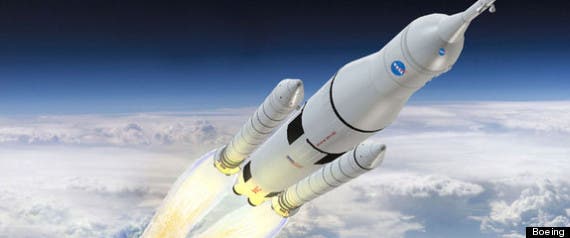Now that this whole political circus has been finally wrapped, many projects that had been left on standby or have yet to enter development can now move forwards. This also includes, of course, NASA projects and its ambitious plans. Soon enough, the agency will publicly announce the first stage in its grander plan, namely setting an outpost beyond the moon’s far side. This will mark a fantastic milestone in human space exploration, as we might finally move from low-Earth orbit to hundreds of thousands of miles further with a permanent outpost.
We detailed this mission plan in a previous ZME Science article, and apparently NASA delivered a comprehensive report to Congress, which has already been cleared by the Obama Administration. President Obama first expressed his intentions in 2010 of directing NASA towards ambitious, new goals that might revive human space exploration, namely sending astronauts to a near-Earth asteroid by 2025, then on to the vicinity of Mars by the mid-2030s.

First, however, NASA intends on building a permanent outpost in the Earth-moon L2 gateway, a fixed point where the Earth-Moon gravitational tug-of-war is stable, as both forces of gravity cancel each other out. In this point a spacecraft or outpost can remain suspended in space, and NASA founds it ideal for its plans. Moreover, officials are confident they can pull it off even with the agency’s thinning budget, which stands at $17.7 billion for 2013.
Development of the outpost might commence as early as 2021, coincident with the first manned launches of the Space Launch System (SLS), a huge rocket propulsion system designed to carry man to asteroids and Mars, and the much anticipated Orion capsule. The first unmanned test launch of SLS is slated for 2017.
Recently, NASA has offered hints that a grand announcement will occur. I’m pretty confident the agency intends on detailing its plans for the next 20 years, including Earth-moon L2 exploration.
“We just recently delivered a comprehensive report to Congress outlining our destinations which makes clear that SLS will go way beyond low-Earth orbit to explore the expansive space around the Earth-moon system, near-Earth asteroids, the moon, and ultimately, Mars,” NASA deputy chief Lori Garver said at a conference in September.
“Let me say that again: We’re going back to the moon, attempting a first-ever mission to send humans to an asteroid and actively developing a plan to take Americans to Mars,” Garver added.
via space.com


